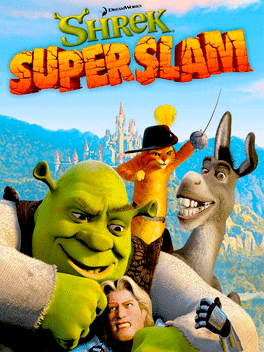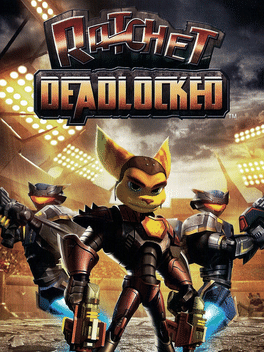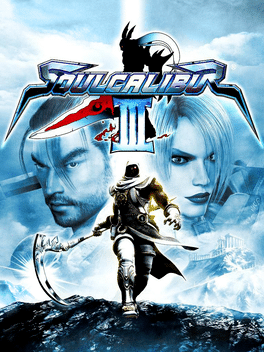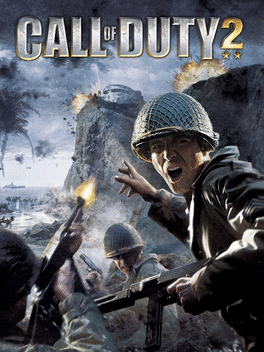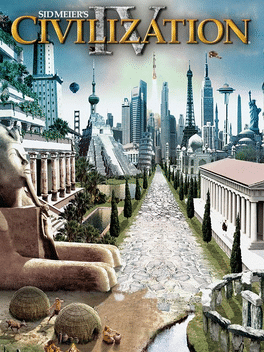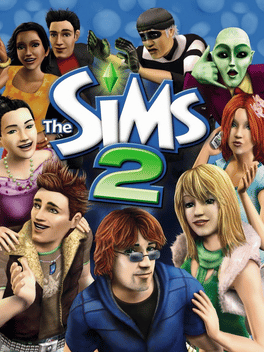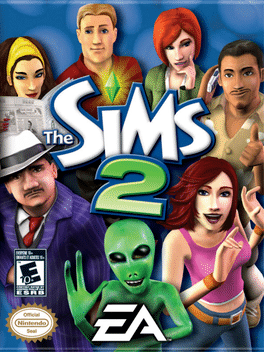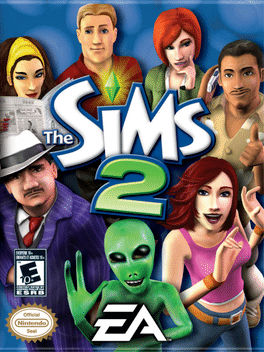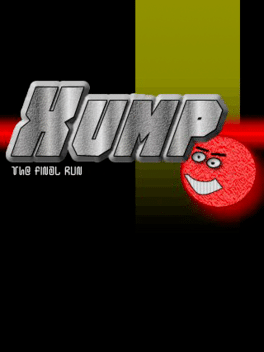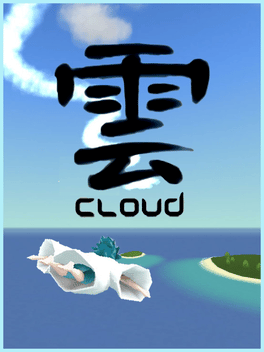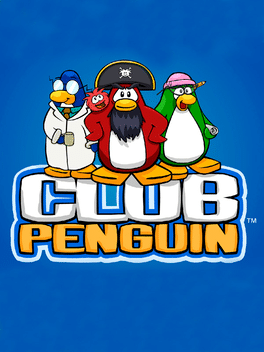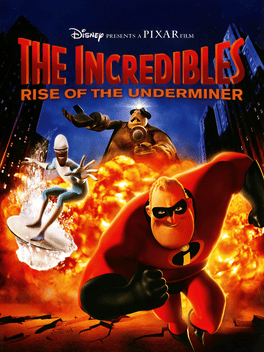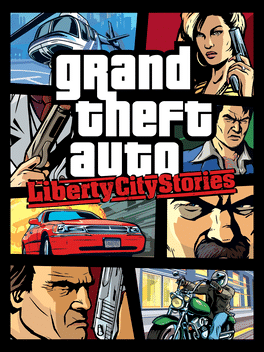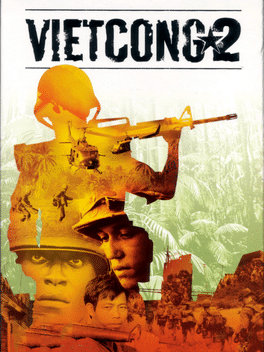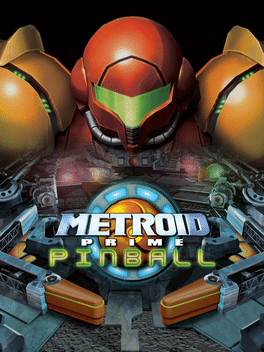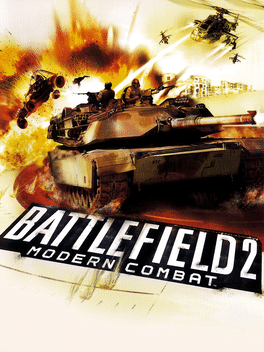New Games - Page 10347
-
Shrek SuperSlam
2005
Shrek SuperSlam
2005
star 6.1Shrek SuperSlam is a fighting video game featuring characters from the Shrek series of films. -
Shrek Super Slam
2005
Shrek Super Slam
2005
star 6.2Shrek SuperSlam pits the characters from the Shrek franchise against each other in the only game that combines the twisted humor and pop culture parodies of the Shrek universe with the fast-paced action of a melee fighting game. Signature fighting moves like Shrek's Green Storm, Donkey's Juggle Punt, and Puss-in-Boots' Love-Stun bring variety and personality to the game. Fully destructible arenas like the Poison Apple Inn and Dragon's Gate have walls toppling and debris flying while a multitude of weapons, potions, and magical items spell endless melee action for up to four players. -
Ratchet: Deadlocked
2005
Ratchet: Deadlocked
2005
star 7.1Ratchet: Deadlocked is the fourth game in the Ratchet & Clank series by Insomniac Games. Deadlocked is different in its counterparts in that it focuses more on shooting than platforming and puzzle elements. The game allows you to use two bots to fight along side you, which can be upgraded over time with better weapons and firepower. There are 10 total weapons in the game, significantly less than the other games. However, modding these weapons is more emphasized than before, with different kinds of Alpha and Omega mods. Omega mods can be used on any weapon, and range from the freeze mod to the magma mod. Alpha mods are weapon-specific, and increase the rate of fire, ammo capacity, and power. The game also features online multiplayer. Clank is not a playable character in this game, although he gives advice to Ratchet over his communication link. -
SoulCalibur III
2005
SoulCalibur III
2005
star 8.1Soulcalibur III is a fighting game produced by Namco as a sequel to Soulcalibur II and the fourth installment in the Soul series. The game includes three new modes and a larger character roster with 24 characters playable in Tales of Souls mode and an additional 18 playable in all other modes. -
Call of Duty 2
2005
Call of Duty 2
2005
star 8.3"Call of Duty 2" is a first-person shooter developed by Infinity Ward and published by Activision, serving as the highly acclaimed sequel to the original "Call of Duty." Released in 2005, the game immerses players in the gripping and chaotic battles of World War II across various theaters of war. The game features three distinct campaigns, allowing players to experience the war through the eyes of American, British, and Soviet soldiers. Each campaign offers a variety of missions set in iconic locations, from the beaches of Normandy and the deserts of North Africa to the streets of Stalingrad. "Call of Duty 2" is renowned for its enhanced graphics, realistic sound design, and innovative gameplay mechanics, such as regenerating health and more dynamic AI. These improvements create a more immersive and intense combat experience. The game also features robust multiplayer modes, expanding the battlefield for players worldwide. "Call of Duty 2" set new standards for the genre and solidified the franchise's reputation f -
Sid Meier's Civilization IV
2005
star 9Sid Meier and Firaxis Games will take this incredibly fun and addictive game to new heights by adding new ways to play and win, new tools to manage and expand your civilization, all-new easy to use mod capabilities and intense multiplayer modes and options -
The Sims 2
2005
The Sims 2
2005
star 7.3The console versions of The Sims 2 featured local splitscreen multiplayer, a story mode and an option to control game characters directly, as opposed to queuing options as is traditional Sims gameplay. In this videogame, you cannot have children nor age, but you are only adults (excluding elders), even though you can get married. You must earn aspiration points to unlock rewards by filling up your "goals" which will also be needed to complete story mode. Story mode is a sequence of multiple levels along with developed storylines which each character asks you to fulfill wants that pertain to their story. There is also a sandbox mode where you can live in a preset family or build your own. -
The Incredibles: Rise of the Underminer
2005
When the evil Underminer rises to the surface with a sinister plan to rule the world, it's up to Mr. Incredible and his super cool pal Frozone to save the day. While Mrs. Incredible, Violet, Dash, and Jack-Jack take care of things topside, Mr. Incredible and Frozone race underground to put a stop to the Underminer's dastardly plans and bury the diabolitical baddie once and for all! All-new action/adventure game. Play as Mr. Incredible or Frozone at anytime. Cooperative game-play with the ability to switch characters at any point in the game. Update your character's moves and abilities as you progress through the game. -
The Sims 2
2005
The Sims 2
2005
star 5The Sims 2 for Nintendo DS is the first DS game of The Sims 2. Like the many of the console games it takes place in Strangetown with some of the same faces. The aim of the game is to improve the hotel by adding extensions, furnishing rooms, completing goals, rescue guests or help them find missing objects and keeping the hotel clean. -
The Sims 2
2005
The Sims 2
2005
star 8.9The Sims 2 for Nintendo Game Boy Advance takes place in Strangetown. In it, players create Sims to star in a TV series called 'Strangetown'. The player's Sim then stars in 12 episodes of the series. In between episodes, the Sim plays mini games and socializes with other Sims. -
Xump: The Final Run
2005
Xump: The Final Run
2005
XUMP is a puzzle game by Psilocybin Development. The game is simple but will keep you busy for hours, and thats a promise! The game consists of a 20x12 playfield which is filled with various types of blocks. Your job is to make the blue blocks disappear from the playfield by stepping on them. There are five main types of block, each of which behave differently. The first levels are for 'easy entertainment'. At first the levels are small, then get bigger and harder at each stage. Even if you do not read the instructions here, you should be able to handle the game when you start at level 1. To make everything a bit more tricky keep track of the time, but don't panic. If you solve a level without fault you will get a 'well done'. This 'well done' is worth one extra chance, otherwise you will just get a 'done' without any bonus. A 'well done' is the only possibility in this game to get an extra life. Xump has participated in the 16 Days Coding Competition. -
Cloud
2005
Cloud
2005
A 2005 puzzle game developed by a group of Japanese students, Cloud centers upon a small boy who dreams of flight whilst sleeping in his hospital bed. The player controls the boy's dream avatar as it soars over a collection of small islands. The primary focus of the game is to gather and manipulate clouds in order to create various shapes and ward off incoming rain clouds. -
Club Penguin
2005
Club Penguin
2005
star 8.5Club Penguin was a massively multiplayer online game, involving a virtual world that contained a range of online games and activities. It was created by New Horizon Interactive. Players used cartoon penguin-avatars and played in a winter-set virtual world. -
The Incredibles: Rise of the Underminer
2005
star 6.3The Incredibles: Rise of the Underminer continues the story from the first Pixar film, following Mr. Incredible and Frozone as they pursue the Underminer through underground tunnels to prevent his world domination scheme. Players can switch between both superheroes or team up in cooperative play, with each character offering distinct abilities that evolve throughout the campaign. While the main heroes venture below ground, the rest of the Incredible family handles surface-level threats, creating parallel storylines that expand the movie's universe. -
Grand Theft Auto: Liberty City Stories
2005
star 7.8Grand Theft Auto: Liberty City Stories is an action-adventure game set in Liberty City in 1998, serving as a prequel to Grand Theft Auto III. Players assume the role of Toni Cipriani, a member of the Leone crime family, as he returns from hiding to reestablish his position within the organization. The game features open-world exploration, mission-based progression, and various side activities, maintaining the series' hallmark gameplay elements. -
Vietcong 2
2005
Vietcong 2
2005
star 6.8Vietcong 2 is the next installment in the million+ selling Vietcong franchise, set against the background of the 1968 Tet Offensive during the Vietnam War. Brought to life through a gritty story written by well-known authors, compiled from first-hand accounts of Special Forces and Infantry servicemen stationed in Hue during the assault. Based on these historical accounts, the player will take the role of a US Captain tasked with escorting a war reporter covering the traditional New Year (Tet) festivities during a ceasefire. Follow the progress of the infamous Tet Offensive from joyous New Year celebrations in the US compound, through bloody conflict across 14 distinct locations, to the final push to reclaim the Imperial Palace and the city of Hue. -
Call of Cthulhu: Dark Corners of the Earth
2005
star 7.8Call of Cthulhu: Dark Corners of the Earth combines an action-horror game with a fairly realistic and immersive first-person shooter, with good stealth elements. The game is based on the works of H. P. Lovecraft, author of "The Call of Cthulhu" and progenitor of the Cthulhu Mythos, and in particular the game is a reimagining of Lovecraft's 1936 novella The Shadow Over Innsmouth. Set mostly in the year 1922, the story follows Jack Walters, a mentally unstable private detective hired to investigate a disappearance case in Innsmouth, a strange and mysterious town that has cut itself from the rest of the United States. -
Metroid Prime Pinball
2005
star 6Samus Aran's entry into the bumper-and-flipper world is a sleek, sci-fi classic gaming adventure that has her careening into gigantic boss monsters and bouncing through a variety of exciting pinball tables. Play tables across two screens at the same time using the touch screen to nudge the pinball table. Battle deadly enemies and experience a number of special modes such as Clone Machine Multiball and the Wall-Jump Challenge while you blast and bomb your high score into a state of pure pinball pandemonium. -
Battlefield 2: Modern Combat
2005
star 7.2Battlefield 2: Modern Combat is the fourth installment in the Battlefield Series and was developed by DICE and published by EA. It is a console spin-off of the critically acclaimed Battlefield 2 for the PC.

